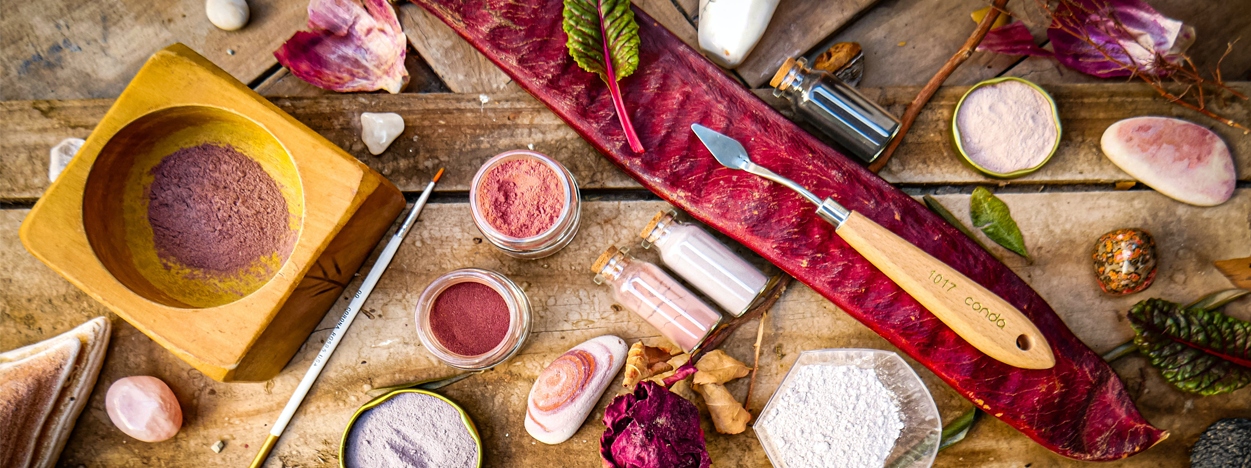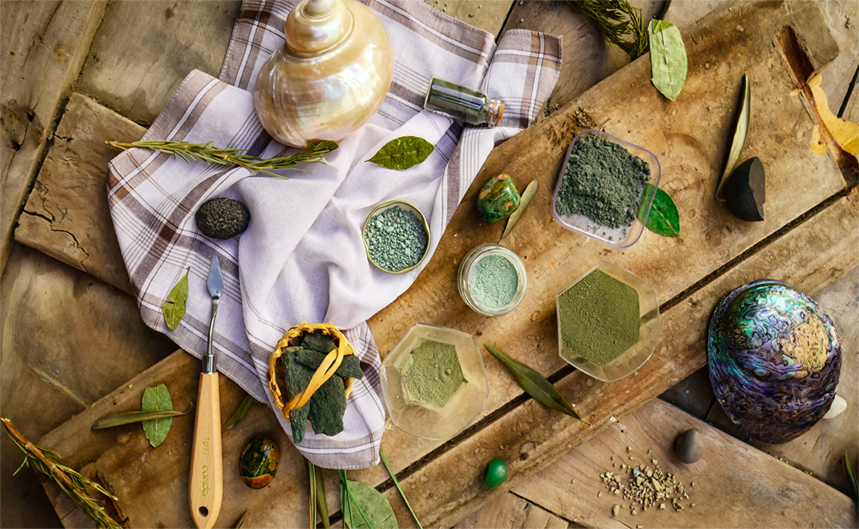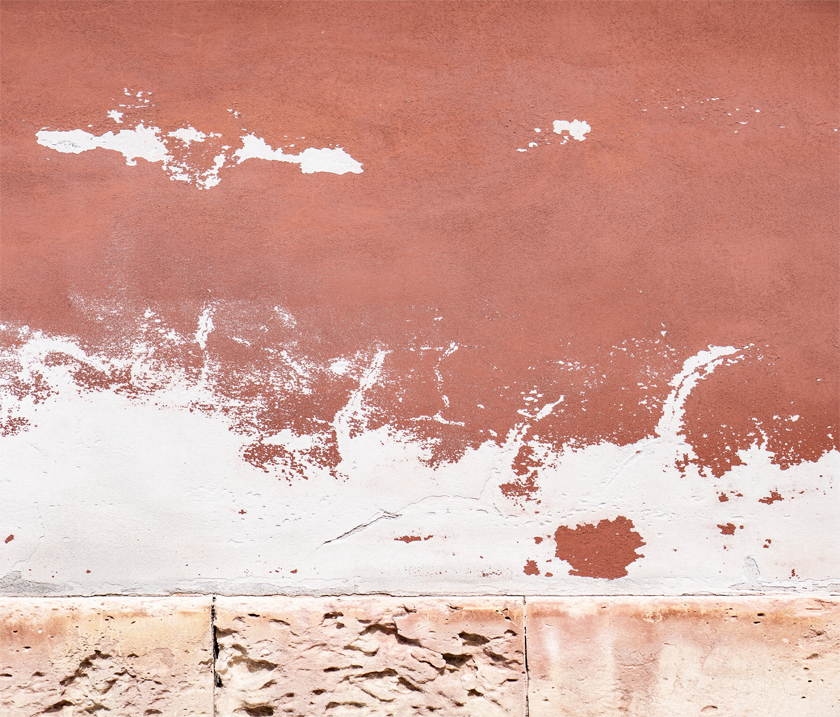
What is eco-paint, and how to read between the lines of eco-friendly marketing?
Sustainable, eco-friendly, upcycled, recycled…etc. When it comes to marketing their products, companies waste no time implementing the trending words that imply the superiority of their products, no matter which way the currents of consumption go.
As the discussion about climate change and sustainability became the subject of cultural awareness, the eco-friendly label slowly found its way – one way or another – into product descriptions. But just how friendly to the environment are these paints?
Most companies try to incorporate at least one step in either the manufacturing or the packaging process that will seem, by popular standards, a sustainable option. To be able to market themselves a certain way. However a lot of these companies are simply guilty of greenwashing.
Greenwashing, to put it simply, is “the exaggeration of a company’s environmental credentials”. Unfortunately, the term was coined by the very people who use it as a way to distract the attention from their own less-than-eco-friendly activities.
It’s fairly easy to label products a certain way, depending on the government’s stance on misleading information. So long as they comply with a few regulations, a lot of the time they are free to write whatever they want.
However, the environmental effects, and more importantly, the health consequences are very serious things that we need to consider when it comes to selecting products, especially something that we are exposed to regularly. Like the paint in our living room.
What is eco-paint?
Eco-paint, as the name suggests, is a paint that is considered to be produced and packaged in a way that is not harmful to the environment, or our health. There is not one specific definition for these paints, or a universal standard by which they have to abide, which gives way to an ever expanding grey zone that the marketing professionals consider an opportunity to exploit.
There are however some indicators that you can look for when choosing a paint (or plaster). One of the most important ones is the level of VOC a product contains.

What are VOCs?
Volatile Organic Compounds, or VOCs in short, are carbon-based chemicals, emitted into the air from the paint. Whatever feelings you have about the characteristically fresh paint smell, chances are, you should steer clear of it. These harmful chemicals are guilty of causing a myriad of health issues, including but not limited to, asthma, nausea, eczema and other allergic reactions. Unfortunately, as a consequence of extended exposure, their effect on our health is also considerably more serious.
As described above, the chemicals contained in most paints are incredibly harmful for our health. But they are also harmful for the environment. The production of paint is followed by the release of these harmful elements into the environment.
How does it differ from normal paint?
Eco-paint differentiates itself from normal emulsion paints by having a reduced level of VOC, relying heavily on natural bases, such as limestone, clay, mineral…etc. Some brands also make sure to reduce or recycle the waste produced, and consider the environment in general, when manufacturing the paint. For example, by opting for a renewable energy source for production.

What actually makes a paint eco-friendly?How do companies mislead you?
Considering all the contradicting and biased information you can find online, it can seem overwhelming to find your way to a good, cost-effective and visually pleasing option.
When considering a paint, make sure to read the label. Even the small letter part. A company that is eco-friendly will prove it by being transparent, and providing all information. If something is not on the label, you may still find the information on the website or upon request.
The top 3 things to pay attention to when choosing an eco-friendly brand:
- Ingredients
- Manufacturing
- Packaging
For the ingredients, look for the lowest possible amount of VOCs. No matter how invested a brand is in advertising their product with zero levels of VOC, unfortunately, the paint will always contain at least a minimal amount.
It is highly recommended that you also choose a paint that has a natural base. A few of the most popular options include limestone or clay. At Impera Italia, we have a wide selection of lime-based products you can find here.The advantage of these products, aside from having a very low percentage of VOC (depending on the product), is their breathability.
Why is this great?
As we are in the UK, the humidity, especially with faulty insulation can be a considerable issue. Any product that allows the walls to breathe, is going to prevent mould from appearing and building up under the wall coverings.
Our lime-eco paint is the perfect choice for some DIY, in case you feel inspired to refresh your interiors. For a contemporary look, try our Concrete paint! It’s easy to apply, and gives a medium textured finish; the perfect backdrop for a minimalist modern decor.
As far as manufacturing, there is an extra step we can take to make sure we support the brands that cause the least harm to the environment. Checking the website is a good start. A low impact production can take different forms. But reducing and/or recycling waste, opting for a renewable energy source or local manufacturing all contribute one way or the other to a sustainable way of producing materials.
The packaging can be considered part of the manufacturing process, but for some companies they differ. Obviously, a recyclable option is the best. At Impera Italia, our fillings for packaging are all made from recycled cardboard boxes, those of our own, as well as other local shops’.

How can we (re)decorate whilst still being sustainable?
Being sustainable when it comes to decorating, does not necessarily start or end with the paint. Choosing eco-friendly products extends far beyond the wall finish.
If you want to do your bit for the planet, and your health as well, choosing ethically sourced and organic materials are probably the first few things that come to mind. But one of the most important things to consider before purchasing anything new, even if it’s organic, is how to reuse or repurpose the items you already have. Lowering consumption is the best way to start.
Once you are sure of the things you actually need to purchase, do a bit of research of your own, to source from companies that are transparent about their work, and dedicated to making quality products that are eco-friendly, instead of just paying lip service to sustainability. Don’t forget to be critical with the labels and the marketing; most information you come across on the first page is most likely only marketing.
Which Impera Italia products are the best eco-friendly options?
If you want sustainable options, that will also look amazing on your wall, our selection of lime-based paints and plasters will definitely interest you!
Aside from an ample selection of products having limestone as a primary ingredient, all of our paints and plasters are water based. This can be a great concern for people living with health conditions, or anyone wanting to make sure their décor does not pose a threat to the health of friends and family. Thanks to these elements, our paint and plasters are highly breathable, and perfectly suitable for surfaces exposed to high levels of humidity.
Our lime-based plasters; Marmorino Fino and Classico are venetian plasters with different grit sizes, the ideal product to create a bespoke wall-covering!
For a smooth, glossy finish check out Marmorino Supreme, which, thanks to its ultra-fine grit will help to create an earthy but nonetheless elegant look in your home. On the other hand, if you want a highly textured feature-wall, Traverto is going to help you create a modern, bespoke finish!
Aside from the lime-based products listed, make sure to browse the full-selection here!
If you are curious about what we do at Impera Italia, and feel inspired by the thought of introducing natural products in your home, feel free to call us at 0333 012 4396 or by email us at [email protected].
If you are London-based, make sure to visit our Showroom in the Hampstead Garden Suburbs!

